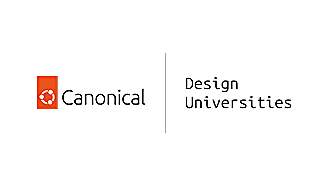In this latest post discussing development of the Ubuntu family of fonts, Bruno discusses scope, charactersets and what’s coming as part of the Ubuntu typeface.
Where do you begin, where do you stop? In the case of the Ubuntu font project, the second part of the question is easily answered – when all the glyphs are designed to cover our planet’s languages and other, more specialised needs. But how much do you begin with, to offer a comprehensive tool to the user base.
When we design fonts for our corporate clients we normally offer a Latin A Extended characterset which is sufficient for pretty much all their needs. However, the Ubuntu font project is not your bog standard corporate project but instead the fonts are used by a wide community. Accordingly, we felt that the Latin also needed to include the B Extended part supporting less common languages. When defining the initial scope of the project we also suggested that Greek and Cyrillic need to be available, in part because of their close relationship with Latin. The initial font release in Ubuntu 10.10 will contain Latin A+B Extended, Greek Polytonic and Cyrillic Extended. For Greek, we normally only create a Monotonic setup but we wanted to ensure that the fonts could instantly be used within the Greek academic environment allowing classic texts to be set. Eventually, all 13 font styles will have this language coverage as a minimum. Arabic and Hebrew will also become part of the for core font set, and whilst we have not got any other scripts planned we are starting to define design parameters for Devanagari, although that is not part of our initial brief for the Ubuntu font suite.
Not every language using one of the above scripts will be covered – we are aware of that and are currently collecting your comments to this respect, and for the fonts to be updated in the future. We are discussing with the Canonical design team how this is best achieved ensuring the design and technical quality of the fonts is maintained. I hope to give you more info on this during the forthcoming UDS in Orlando.
Bruno Maag



